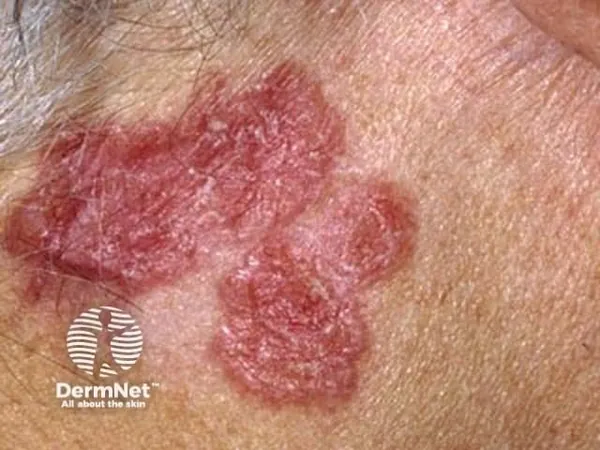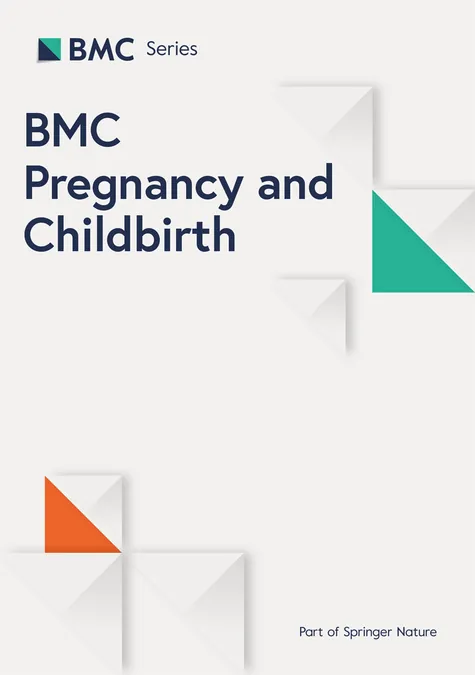
Shocking Discovery: Common Medications like Estrogen and Diuretics May Surge Skin Cancer Risks!
2025-03-21
Author: Ming
A groundbreaking new study has revealed a troubling connection between widely prescribed photosensitizing medications and a heightened risk of skin cancer among women.
This important research, published in reputable journal Photodermatology, Photoimmunology & Photomedicine, highlights how certain drugs, particularly estrogen therapy and specific diuretics, could be contributing factors to the development of various types of skin cancer, including basal cell carcinoma (BCC), cutaneous squamous cell carcinoma (cSCC), and cutaneous malignant melanoma (cM).
The Research Behind the Findings
While previous studies have often presented conflicting results regarding the effects of photosensitizing drugs on skin cancer risk, this comprehensive population-based cohort study aimed to clarify the connection. Researchers meticulously collected data from an impressive cohort of over 21,000 women, carefully analyzing their sun exposure, individual characteristics, and pharmaceutical treatments. Skin cancer diagnoses were verified using national registries to ensure accuracy.
The medications were categorized into nine distinct groups through the Anatomical Therapeutic Chemical classification system, with the researchers employing sophisticated multivariable Cox regression analysis to identify any significant relationships. The dose-response relationship was also investigated, revealing more depth in the analysis.
Key Findings
Of the 21,062 women studied, a notable 1,875 participants were diagnosed with at least one form of skin cancer, primarily BCC, cSCC, or cM. Most of those diagnosed (89%) had only one type of skin cancer, while a smaller group had concurrent diagnoses.
One of the study's most alarming conclusions was the association of estrogen with increased skin cancer risk across all cancer types. The hazard ratios significantly pointed to a stronger risk linked to estrogen therapy, especially for BCC (1.25), cSCC (1.23), and cM (1.35). Even more concerning, after rigorous statistical correction, the link between estrogen and BCC remained statistically significant, indicating potential serious implications for women under such treatment.
Thiazide diuretics also raised red flags, being linked to higher instances of BCC and cM, while loop diuretics saw strong associations with cSCC. Although some medications, like certain antibiotics and proton pump inhibitors, exhibited weaker associations with skin cancer risk, further clarity was hindered by overlapping drug classes in analysis.
A particularly concerning dose-dependent relationship was noted specifically for estrogen, as higher doses corresponded with up to a 60% escalation in BCC risk.
Considerations and Future Directions
While this study offers vital insights into the links between medications and skin cancer, the authors caution against overgeneralization. The singular geographic locale from which participants were drawn may limit the broader applicability of the findings, and there's uncertainty regarding whether participants were consistently adhering to their prescribed regimens. Grouping various drug classes together also complicates understanding the risks of individual medicines.
The researchers stress the importance of recognizing medication history within clinical settings, encouraging healthcare professionals to incorporate these findings into patient guidance and preventive strategies. Importantly, they clarified that healthcare providers should not recommend the cessation of any of the medications discussed but emphasized the need for more rigorous prospective studies to explore these associations further.
In a world where medication use is commonplace, this study serves as a crucial reminder for women—and indeed all patients—to engage actively with healthcare providers about their treatments and potential risks associated with photosensitizing medications. Stay informed and protect your health!


 Brasil (PT)
Brasil (PT)
 Canada (EN)
Canada (EN)
 Chile (ES)
Chile (ES)
 Česko (CS)
Česko (CS)
 대한민국 (KO)
대한민국 (KO)
 España (ES)
España (ES)
 France (FR)
France (FR)
 Hong Kong (EN)
Hong Kong (EN)
 Italia (IT)
Italia (IT)
 日本 (JA)
日本 (JA)
 Magyarország (HU)
Magyarország (HU)
 Norge (NO)
Norge (NO)
 Polska (PL)
Polska (PL)
 Schweiz (DE)
Schweiz (DE)
 Singapore (EN)
Singapore (EN)
 Sverige (SV)
Sverige (SV)
 Suomi (FI)
Suomi (FI)
 Türkiye (TR)
Türkiye (TR)
 الإمارات العربية المتحدة (AR)
الإمارات العربية المتحدة (AR)